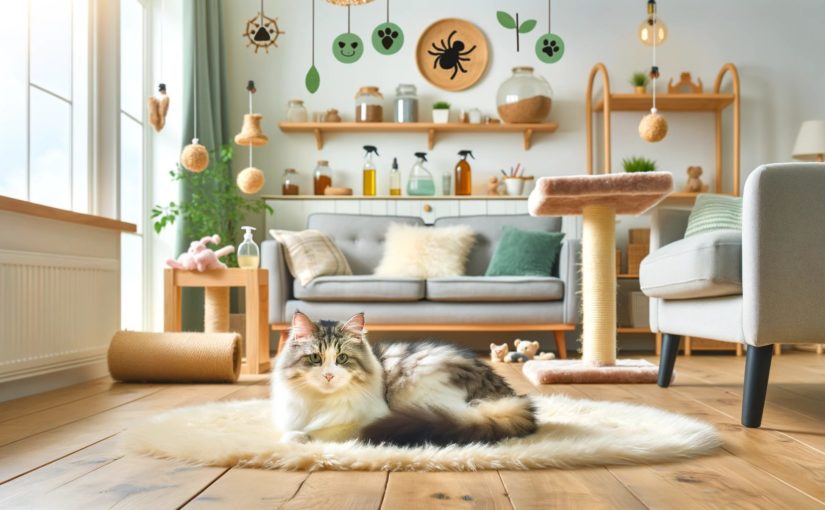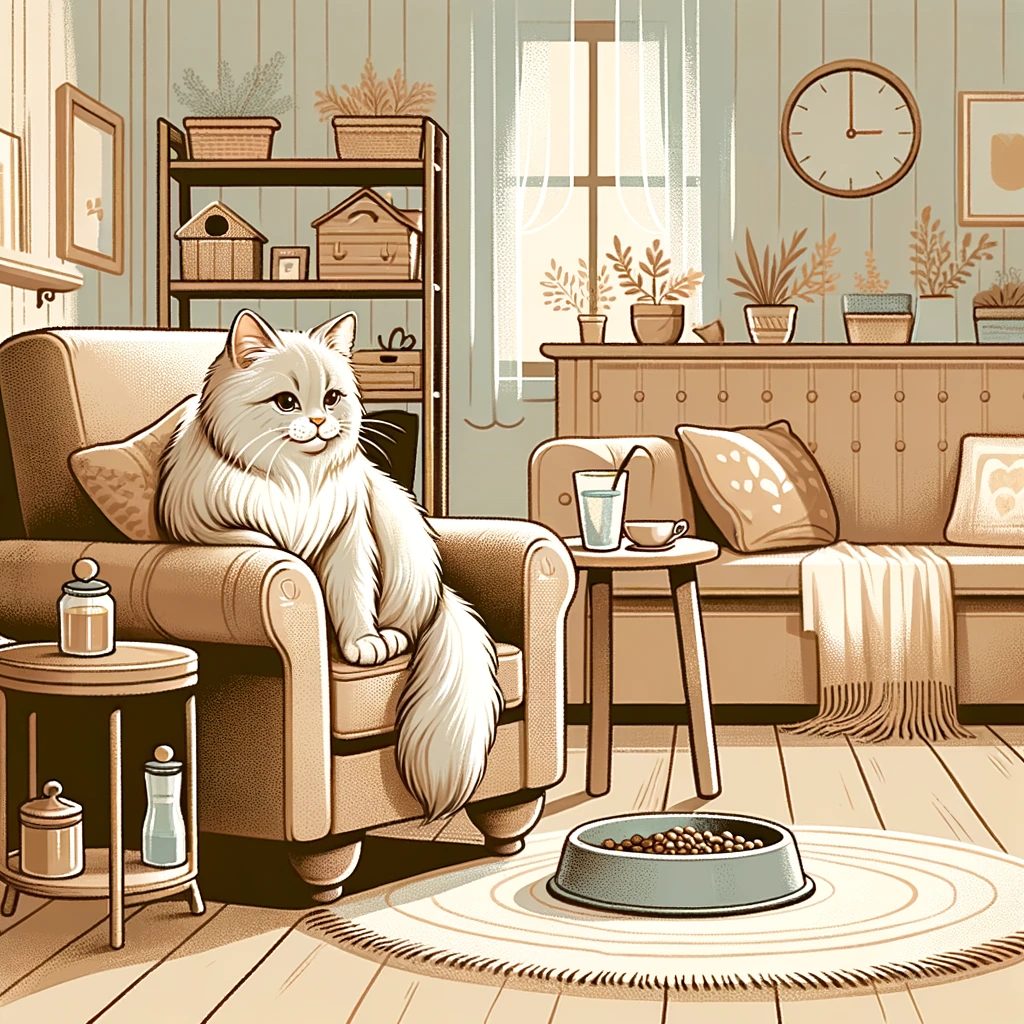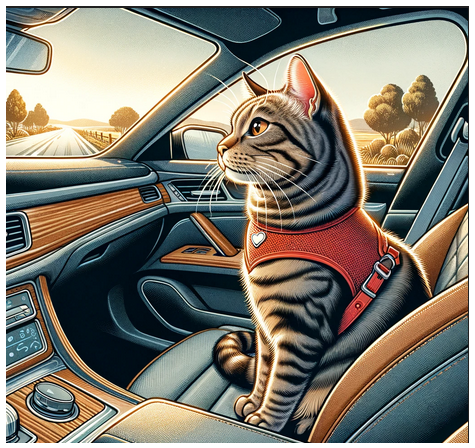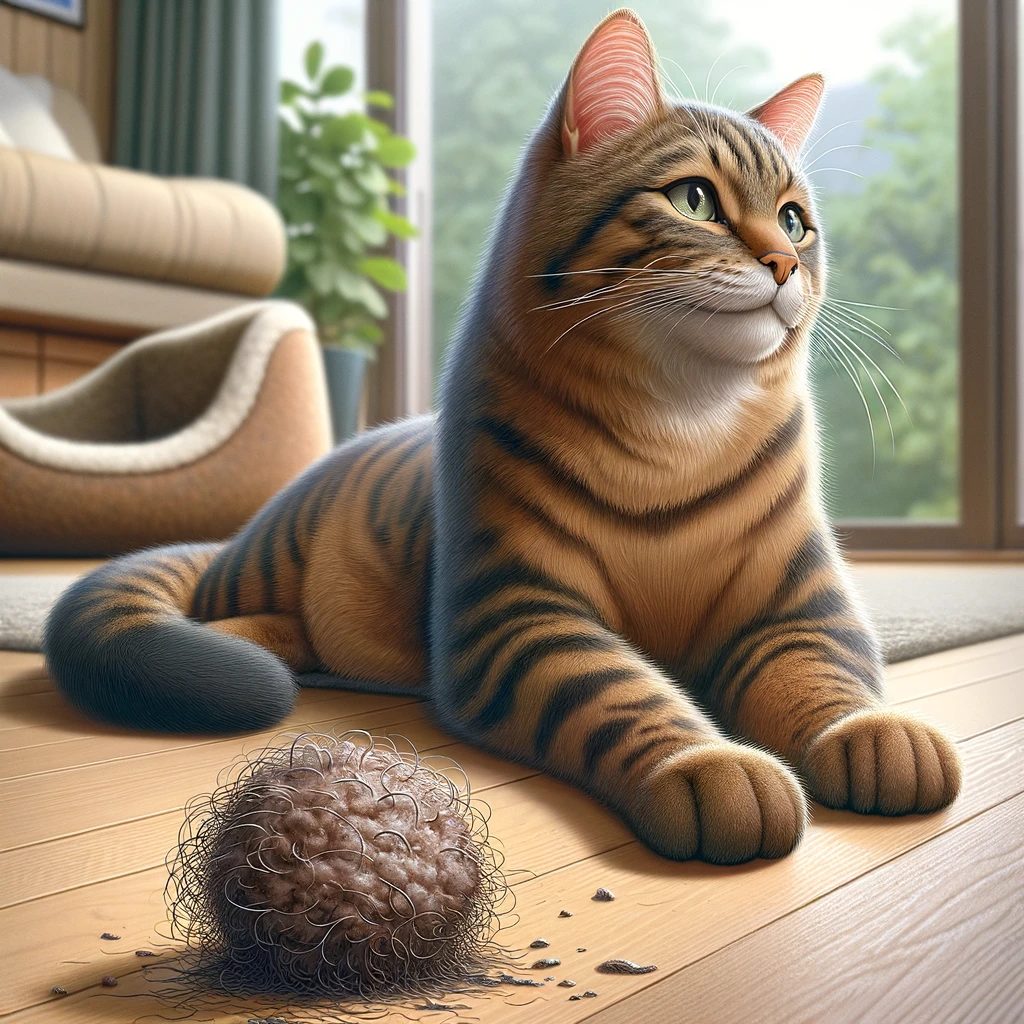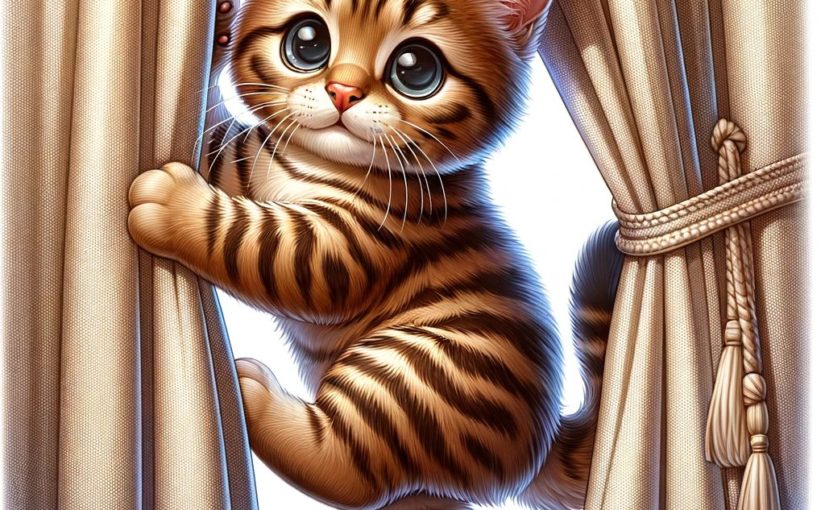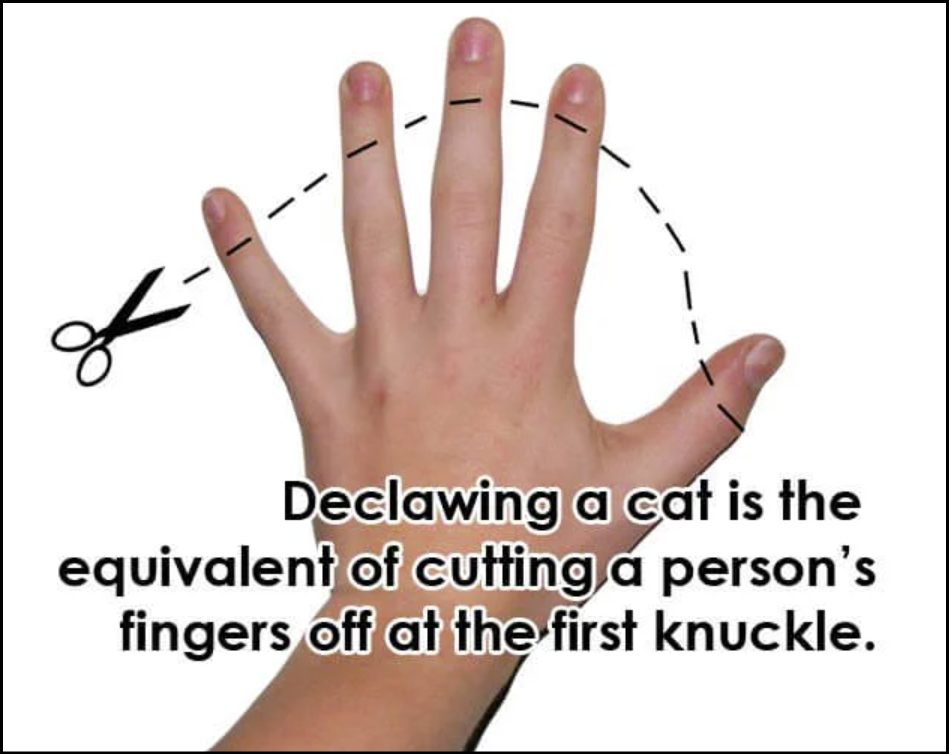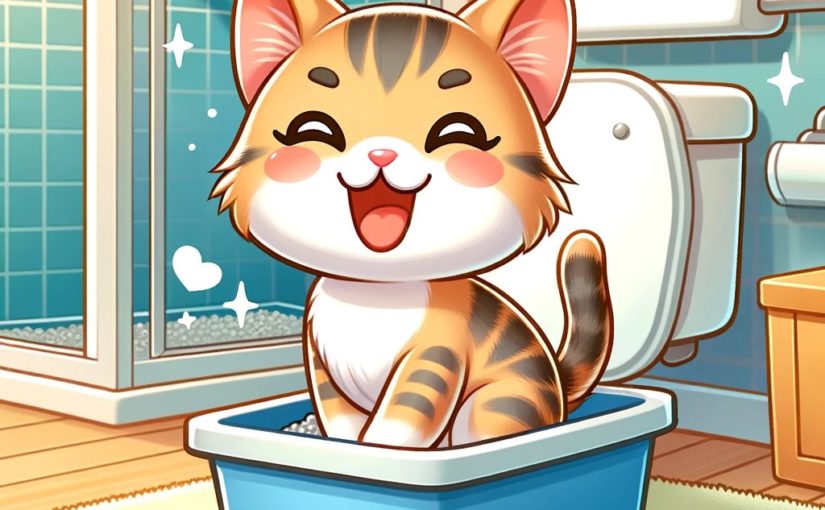Introduction
As a cat owner, you know that fleas are more than just a nuisance; they can cause severe discomfort and health issues for your feline friends. While there are numerous commercial products available to combat fleas, many cat owners are turning towards natural flea remedies for a safer, less toxic approach. In this blog post, we’ll explore some of the most effective natural flea remedies for cats, ensuring your beloved pet stays happy, healthy, and flea-free.
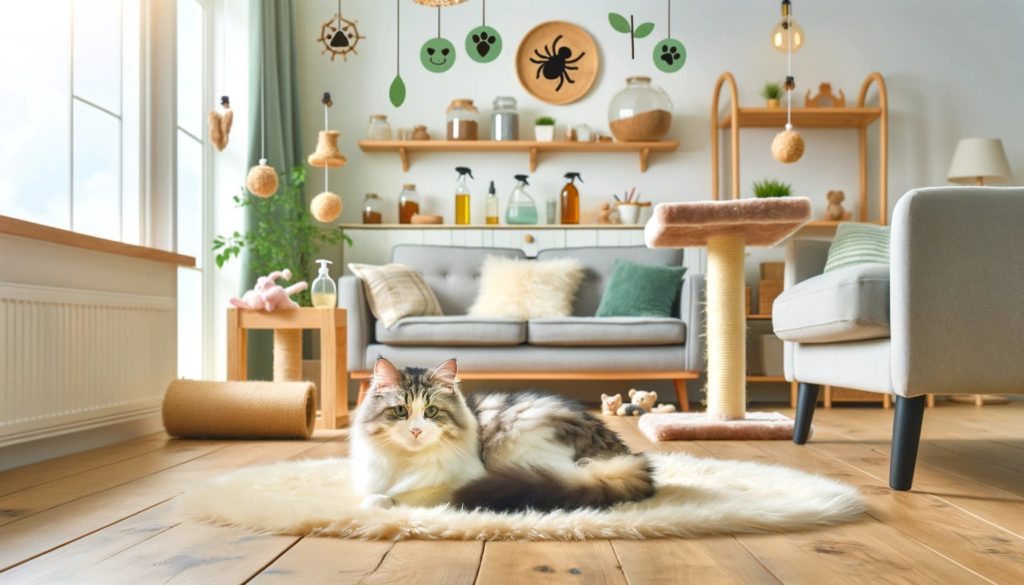
Understanding Fleas in Cats
Before diving into the remedies, it’s crucial to understand how fleas affect cats. Fleas are tiny, wingless parasites that feed on your cat’s blood, causing itching, irritation, and in severe cases, allergic reactions or anemia. Recognizing the signs of flea infestation, which include excessive scratching, biting, or hair loss, is the first step in effective flea management.
1. Diatomaceous Earth: A Natural Flea Killer
Diatomaceous earth is a powdery substance made from the fossilized remains of diatoms, a type of algae. When used correctly, it can be a safe and natural flea killer for cats. It works by dehydrating the fleas and is effective in dry environments.
Usage: Sprinkle food-grade diatomaceous earth on your cat’s bedding and carpeted areas, but be cautious with the amount as inhaling it can irritate the lungs.
2. Apple Cider Vinegar: A Natural Flea Deterrent
Apple cider vinegar (ACV) doesn’t kill fleas but makes your cat less attractive to them. The acidic taste and smell are deterrents for fleas.
Usage: Create a solution of equal parts water and ACV, and spray it lightly on your cat’s fur. Avoid the eyes and nose.
3. Herbal Flea Sprays
Herbal flea sprays can be made at home using natural ingredients like lemon, lavender, and witch hazel, known for their flea-repelling properties.
Usage: Boil a sliced lemon in water, let it steep overnight, and mix it with lavender oil and witch hazel. Spray the mixture lightly on your cat’s coat.
4. Flea Comb: Simple and Effective
Regular use of a flea comb can physically remove fleas from your cat’s fur. It’s a chemical-free method and gives you the chance to check your cat’s skin for flea bites or irritation.
Usage: Comb your cat’s fur daily, especially after they’ve been outside. Dip the comb in soapy water to kill any caught fleas.
5. Maintaining a Clean Environment
Keeping your home clean is as important as treating your cat. Regular vacuuming, washing your cat’s bedding, and keeping your yard tidy are crucial steps in controlling flea populations.
Safety Considerations
While natural remedies are generally safer, it’s important to remember that not all natural products are safe for all cats. Always do a patch test to check for allergic reactions and consult with your veterinarian before trying a new treatment.
Conclusion
Dealing with fleas can be a challenge, but with these natural remedies, you can protect your cat in a safer, more environmentally friendly way. Remember, consistency is key in flea control. Regular grooming, cleaning, and the use of natural deterrents can make a big difference in keeping your feline friend flea-free.
References
For more information on natural flea remedies and cat care, visit:
- ASPCA: Flea Control
- PetMD: Natural Flea and Tick Prevention for Cats
- Cornell University College of Veterinary Medicine: Fleas
This post is intended for informational purposes and does not replace professional veterinary advice.

